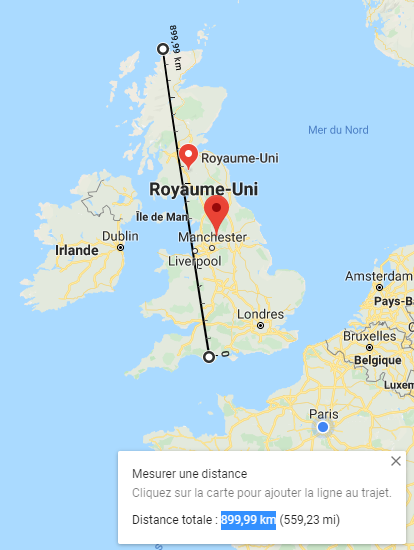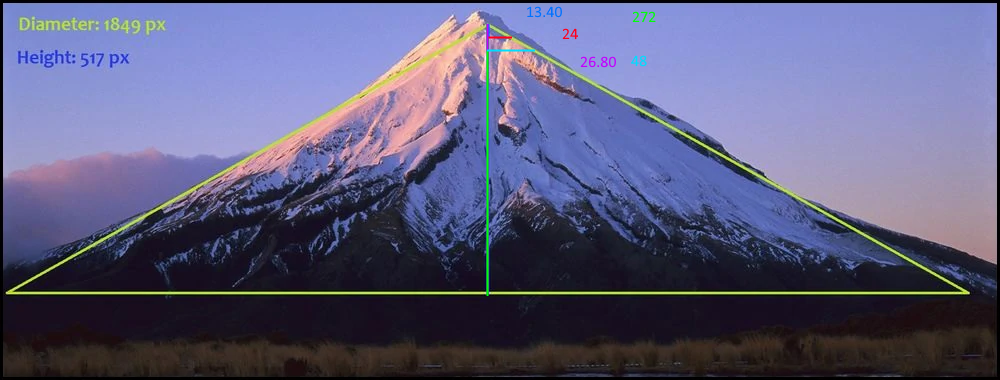I would say that the final tally is where the rounding should and must be performed (it is just me).
But having each calculation being able to collapse will be a good start and will be good for navigation too.
It can be proper practice to
carry the significant digits through each sub-calculation, based on the lowest accuracy you have each time.
So, if you start with three pieces of knowledge: 35 feet wide, 394.293 feet tall, 295.238 feet deep.
Then, you get area: 35*394.293*295.238 = 4074359.68569sqft
However, with proper significant digits, your answer is
4,100,000 sqft.
If you want to use this calculation for another calculation, such as getting mass from density, you could use the
4,100,000sqft number in that calculation, since your initial margin for error can be included in the new calculation.
While there is debate in the scientific community over this, I tend to be on the side of less being more, since overgeneralizing for errors is more honest than undergeneralizing,
especially given what we do is already highly speculative.
That said, I think rounding the final answer, at least, should be standard at the bare minimum. The massive long numbers with many decimal places are hard to read, and the specificity is also meaningless when we're making massive speculations regardless.



